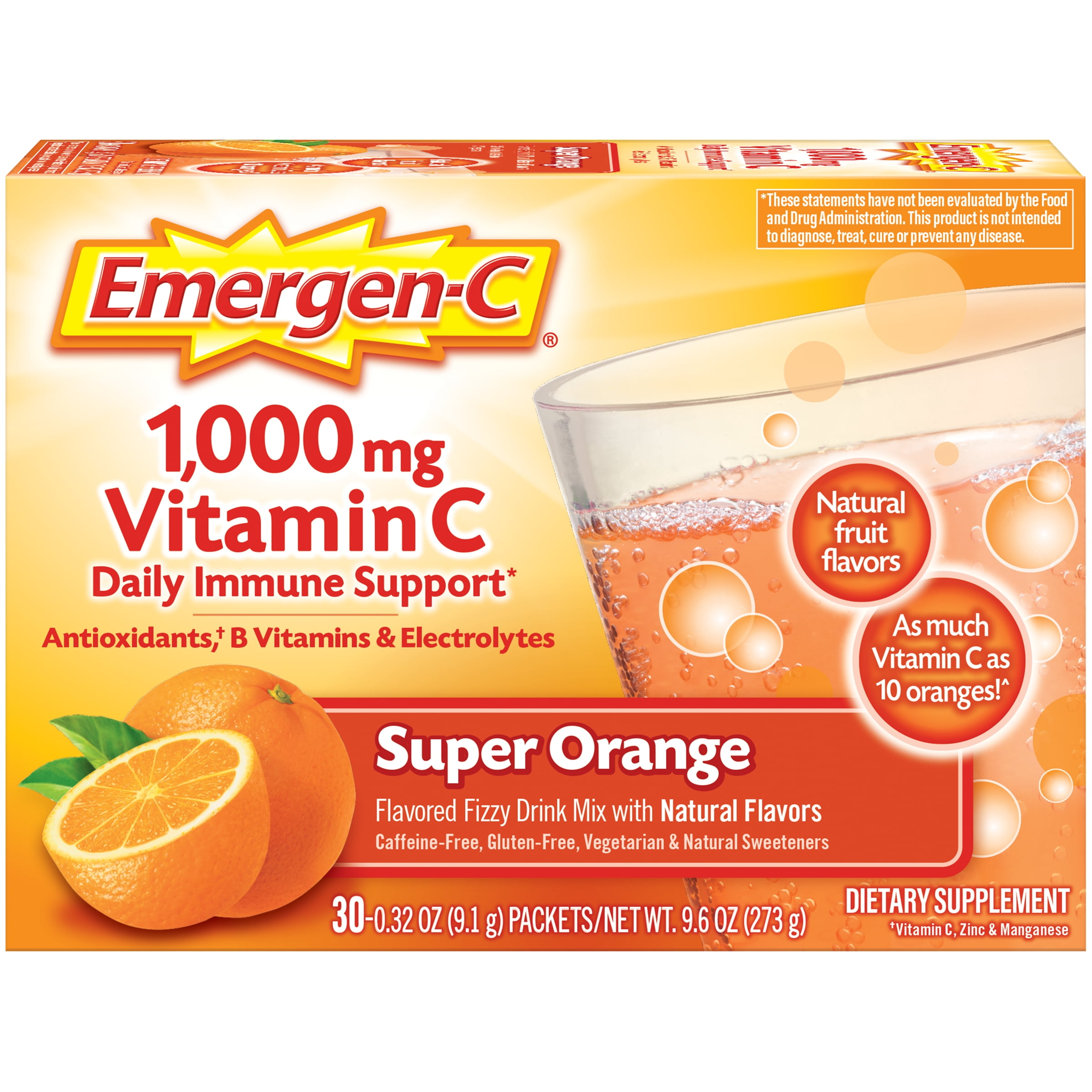
While weight control and healthy lifestyle including healthy diet still consist the core of T2D treatment, attempts have been made to find an alternative therapy, including dietary and micronutrient supplements, to control blood glucose in the subjects with diabetes. The importance of prevention of diabetes and its complications lies in the health care, social as well as economic burden of this disease. Therefore, T2D is partly preventable or at least can be remarkably delayed by weight control, healthy diet, and increased physical activity. Over 90% of diabetes cases are type 2 (T2D) which is predisposed by positive family history, central obesity, and sedentary lifestyle. This disease is accompanied by several devastating complications including cardiovascular disease (CVD), nephropathy, neuropathy, depressed immunity, impotence and infertility, stroke, retinopathy, cataracts, myocardial infarction and premature death. The number of people with diabetes is estimated to increase from 463.0 million in 2019 to 700.2 million in 2045 with faster rate in low- and middle-income countries than in high-income countries. Conclusionsĭaily consumption of vitamin D-fortified yogurt drink for 12 weeks resulted in an increase in circulating concentrations of SIRT1 and SIRT6 in T2D subjects and D+Ca-fortified yogurt drink was more in favor of SIRT6 increment.ĭiabetes is the most prevalent metabolic disease globally.

In contrast, the association between changes of 25(OH)D and HbA1c remained significant even after adjustment for SIRT1. However, this association disappeared following adjustment for changes of SIRT1. Changes of 25(OH)D were a significant predictor of changes of adiponectin. Being in CDY group was more favorable predictor of improvement in SIRT6 concentrations. The concentrations of SIRT1 and SIRT6 had a significant within-group increment only in the CDY group ( p = 0.003, p = 0.001 respectively). ResultsĪ significant within-group increment in serum adiponectin concentrations was observed in both DY and CDY groups (+60.4 ± 8.6, +57.5 ± 6.4 µg/L, respectively p < 0.001 for both).

All assessments were performed initially and after 12 weeks. Methodsīriefly, 75 adults aged 30–60 years from both sexes with type 2 diabetes were randomly allocated to one of the three groups: (i) D-fortified-yogurt drink (DY containing 1000 IU vitamin D and 300 mg calcium), (ii) Ca+D-fortified-yogurt drink (CDY containing 1000 IU vitamin D and 500 mg calcium) and (iii) plain yogurt drink (PY containing no detectable vitamin D and 300 mg calcium). This study aimed to evaluate the effects of daily intake of vitamin D-fortified yogurt drink, either with or without added calcium, on serum adiponectin, sirtuins (SIRT)1 and 6. Some evidence suggests indirect ameliorating effects of vitamin D in diabetes via adiponectin and sirtuins.


 0 kommentar(er)
0 kommentar(er)
